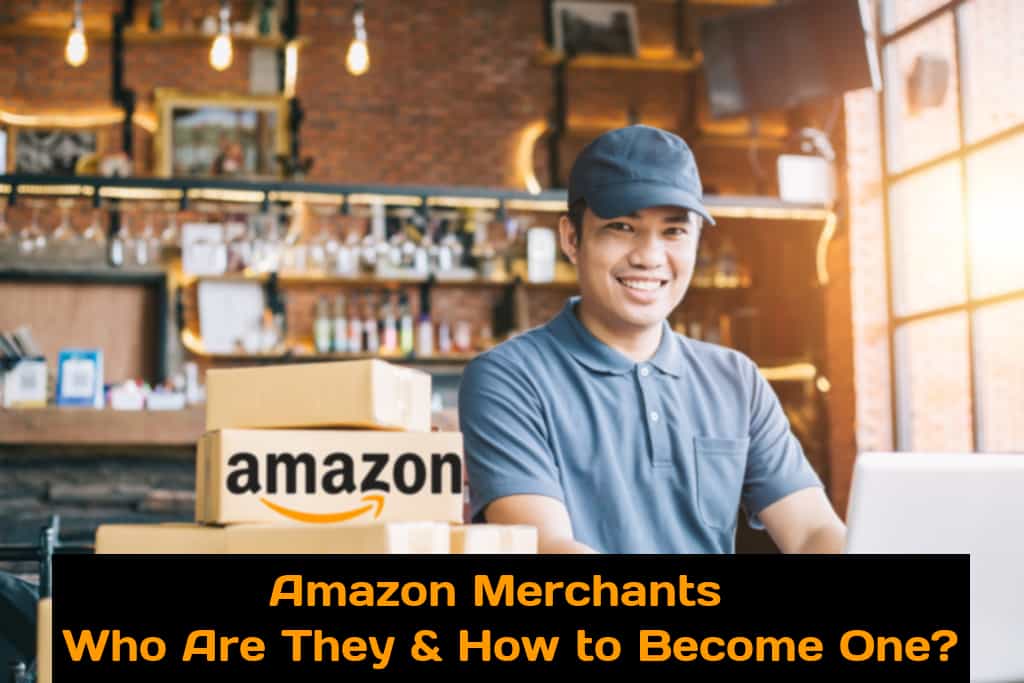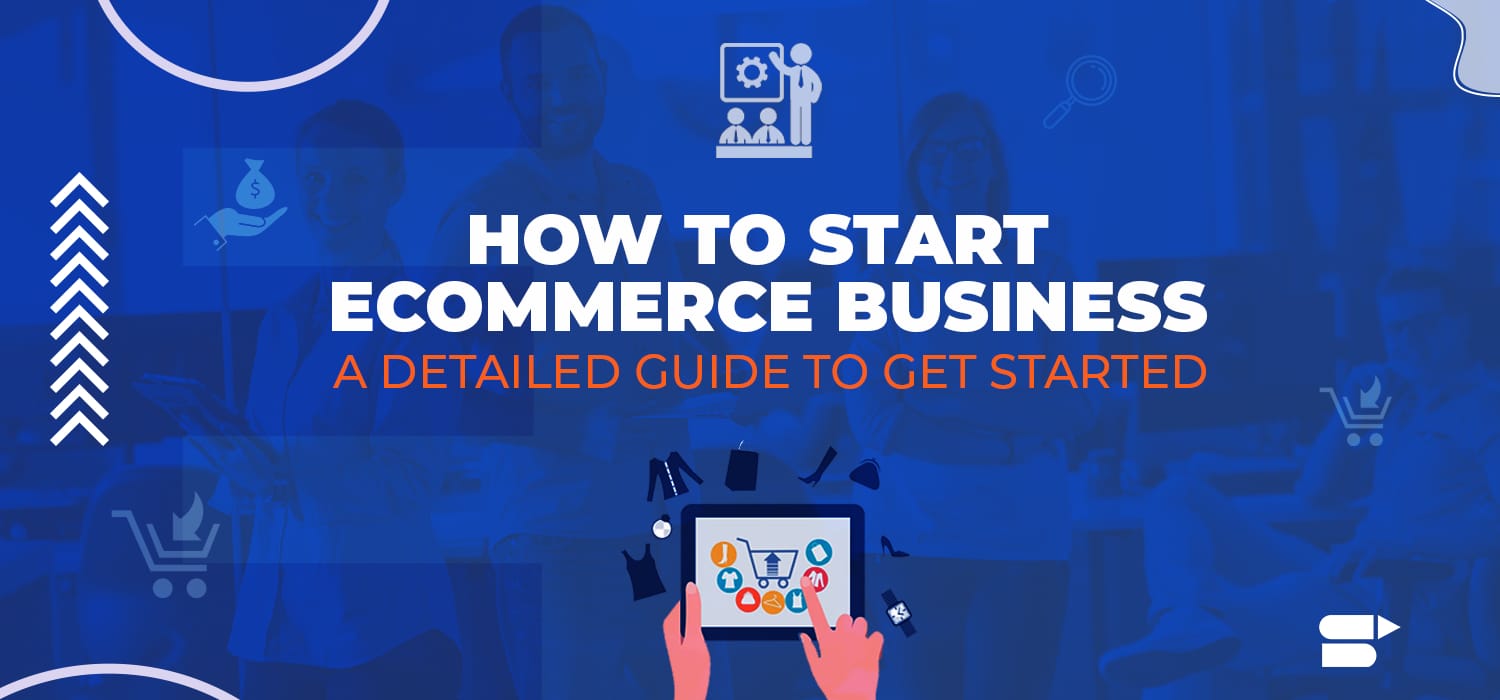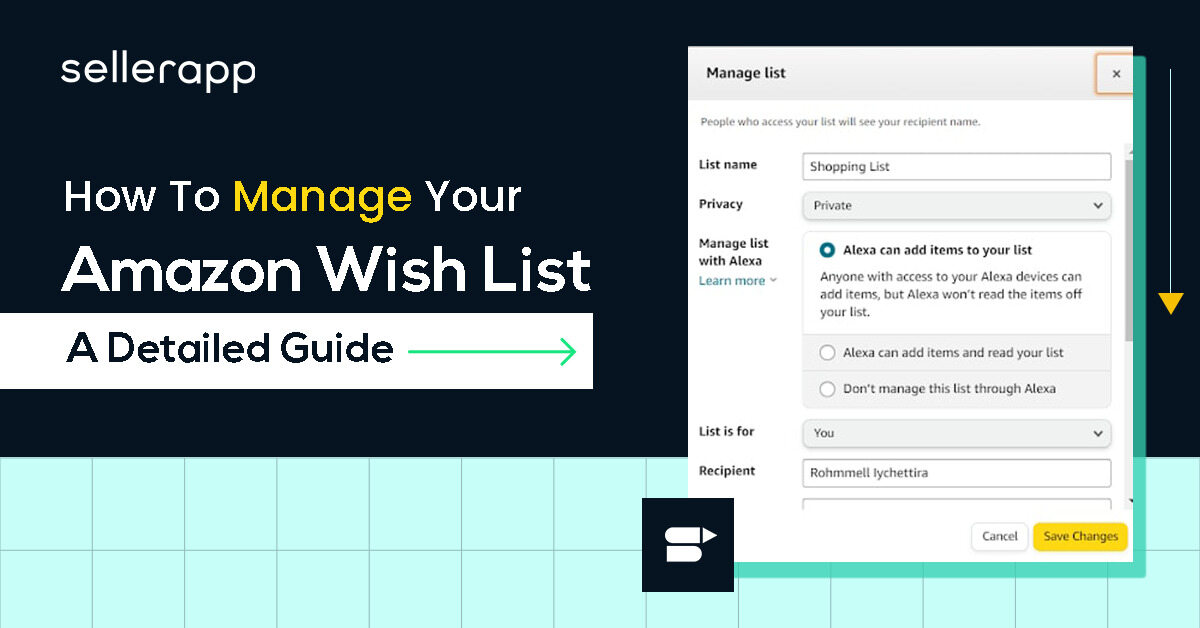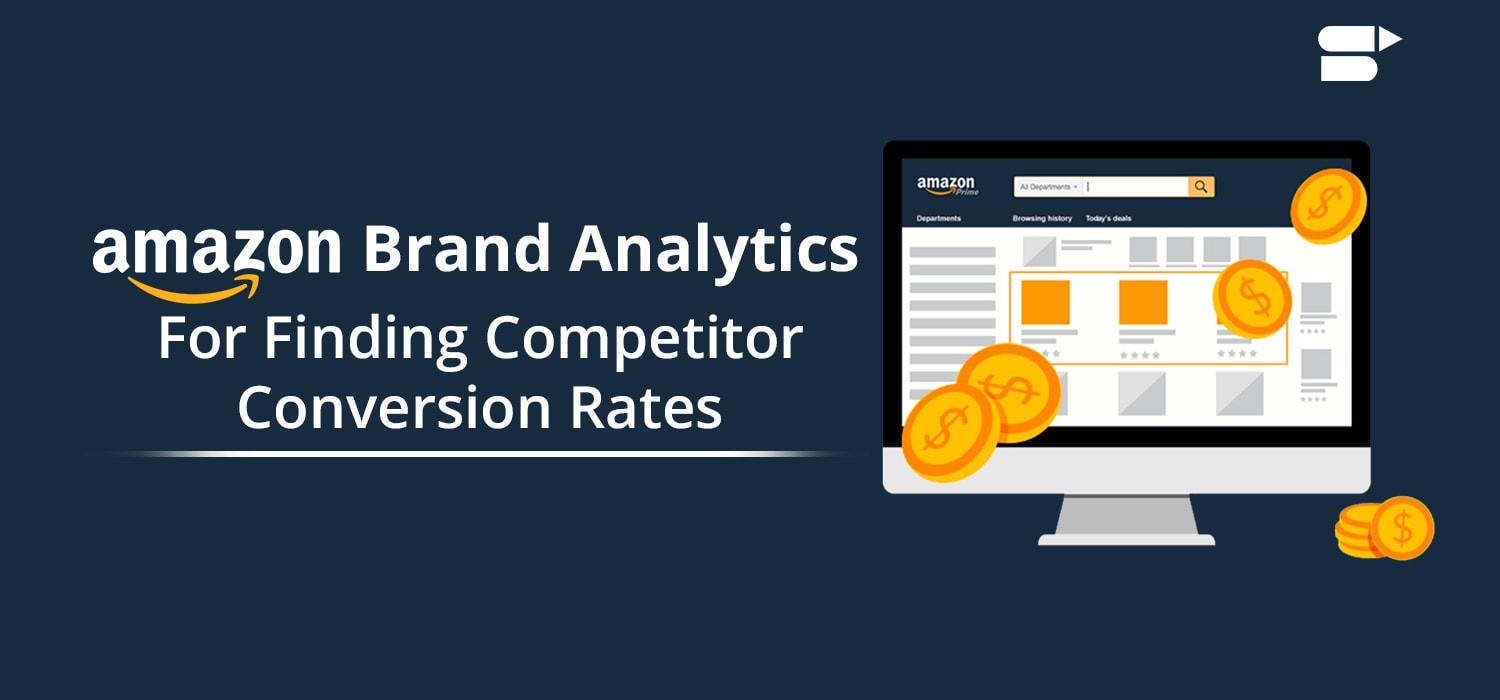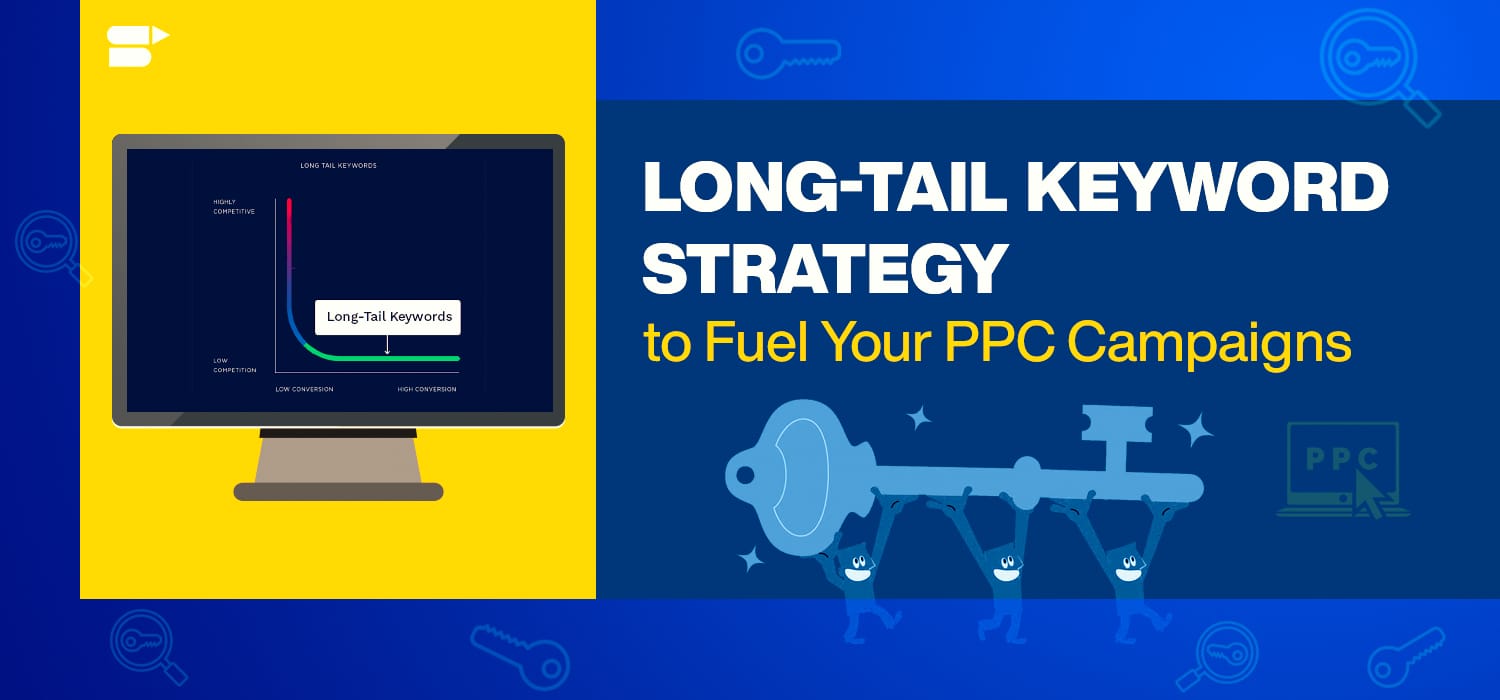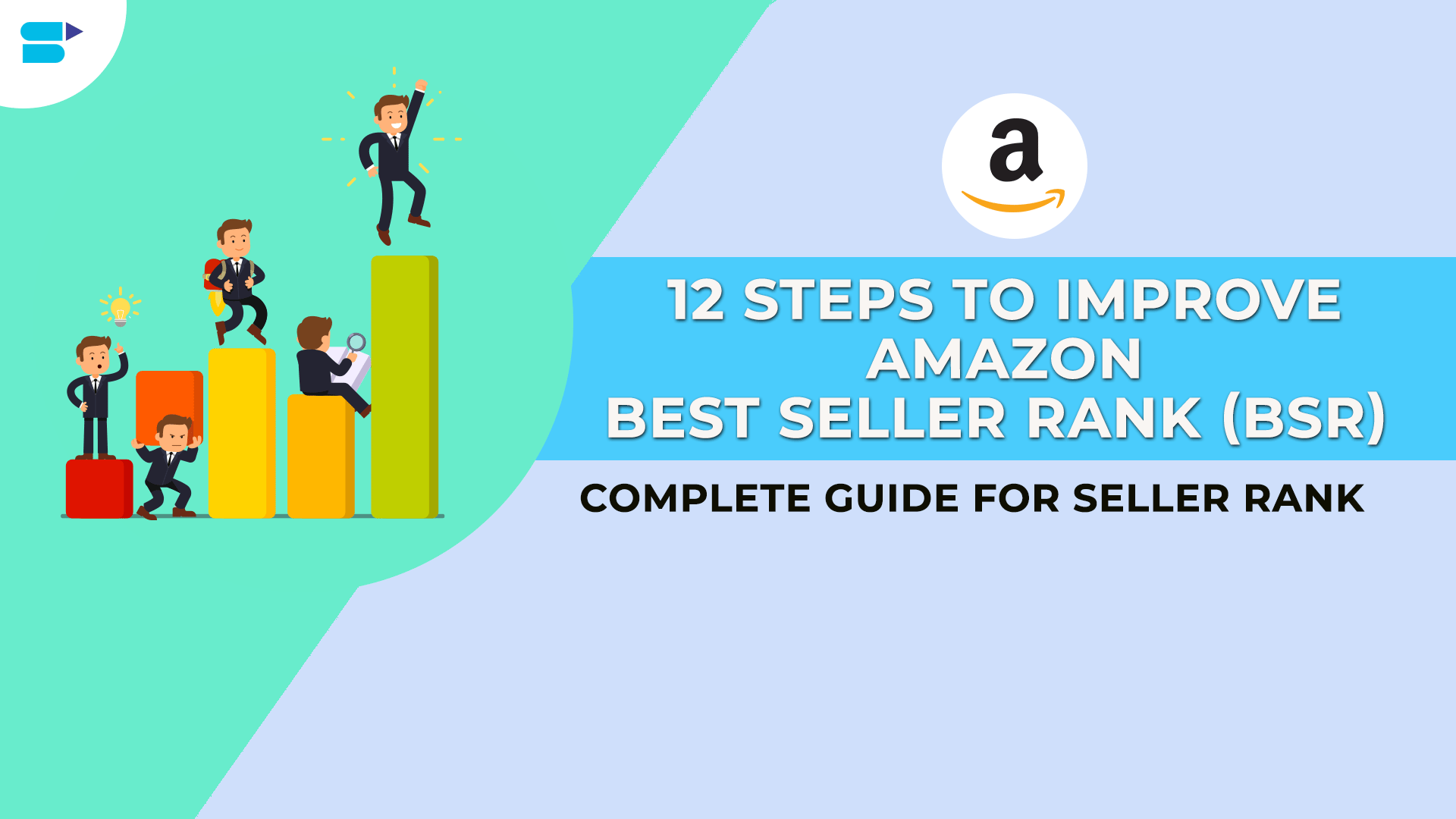The Best alternatives to Amazon for Shopping Online in 2025

Amazon is the biggest name in the e-commerce business, but it is not the only game in town; for many shoppers and sellers, it is no longer the right fit.
There is a growing concern about shipment delays, growing costs, the effect on small businesses, and ethical standards, why more and more sellers are looking at alternatives to Amazon.
Some prefer environmentally friendly or sustainable choices. Others want markets that genuinely support independent brands, more competitive prices, or greater variety.
This article will help you understand the top alternatives to Amazon that serve a variety of purposes and passions.
A variety of online purchasing options are available from Amazon, ranging from fashion and technology to books, handcrafted items, and environmentally responsible products.
In addition, we will analyze other platforms that provide alternatives to Amazon, whether you are a global seller or a small business owner seeking to grow outside of Amazon’s marketplace.
Why look for Alternatives to Amazon?
In the world of online shopping, Amazon is a well-known brand, but it is not the only choice and isn’t the best for many buyers and sellers.
There are more and more reasons to search outside of Amazon, including better offers, more seller-friendly policies, ethical considerations, and a desire to support independent companies.
Here is why it makes sense to look for alternatives to Amazon in 2025:
Ethical and environmental concerns
Many consumers are becoming more conscious of where and how their products are made and delivered. Even Amazon’s warehouses have allegedly come under scrutiny for their carbon footprint, excessive packaging, and labor practices.
While Amazon has committed to sustainability goals like reaching net-zero carbon by 2040, the scale and speed of its operations make meaningful change seem to be difficult and slow-moving.
In contrast, many Amazon alternatives actively prioritize ethical sourcing and environmental responsibility.
For example:
Etsy, while large, offsets 100% of its carbon emissions from shipping and supports millions of small, often handmade, sellers who use sustainable practices.
eBay, as one of the oldest online marketplaces, supports the circular economy by promoting secondhand goods and refurbished items. Buying pre-owned reduces waste and minimizes the environmental impact of manufacturing new products. For both buyers and sellers, eBay can be the best alternative to Amazon, especially for unique or vintage items.
Walmart, although not traditionally seen as a sustainability leader, has taken notable steps in recent years, such as committing to 100% renewable energy by 2035 and reducing packaging waste across its supply chain. As a mainstream brand offering competitive prices, it remains a widely used alternative to Amazon shopping.
These platforms allow eco-conscious shoppers to align their purchases with their values, from carbon-neutral shipping to ethically sourced, handmade, or organic products.
Expansion
The growing infrastructure and seller-first policies provided by up-and-coming marketplaces are two of the most compelling reasons to investigate alternatives to Amazon.
Despite its dominance, Amazon’s marketplace has grown more crowded and complicated, with factors like algorithmic opacity, hefty referral fees, and limited brand autonomy that frequently hurt independent or smaller merchants.
Emphasizing brand ownership is another important way to stand out. Businesses can develop fully customized online storefronts with complete branding control and data ownership, for example, using Shopify.
This is crucial for digital entrepreneurs and companies that rely on consumer information to improve products and maximize performance.
In contrast to Amazon, where sellers are mainly kept in the dark about customer information, Walmart and other marketplaces give merchants the ability to access the data they need to make strategic decisions.
More profit margins and less product saturation
Selling on Amazon has two sides. Despite its wide reach, the platform has high costs, fierce competition, and ongoing product saturation. Costs associated with advertising, FBA fees, and referrals can quickly reduce profits, leaving many sellers with extremely narrow margins.
By way of comparison, sites such as Etsy often provide more affordable and stable cost structures, which enable merchants to keep a higher percentage of every sale.
Additionally, these alternative marketplaces typically face less competition, so you will not be fighting for visibility against hundreds or thousands of other vendors all the time. You may more easily stand out and charge more for your items when there are fewer competitors in your niche, which will boost your profitability.
Furthermore, Amazon has a significant problem with product saturation. Listings in popular categories can overtake one another. However, there is more space to establish a distinctive presence on other platforms, particularly on sites that are niche or category-specific.
In the end, selling outside of Amazon enables you to become less dependent on a single marketplace, keep a larger portion of your earnings, and cultivate devoted customers in a less crowded and competitive sector.
More affordable ad ecosystem
One of the biggest advantages of selling on Amazon alternatives is their lower advertising costs. Competition for popular keywords on Amazon raises the cost per click (CPC), making it more difficult for smaller sellers to compete without going over budget.
Platforms such as Etsy, on the other hand, provide more specialized advertising choices and significantly cheaper ad expenses. As an example, Etsy’s Promoted Listings help you reach a very focused audience at a fraction of Amazon’s ad expenses.
With such substitutes, retailers can increase their marketing expenditures and increase their visibility without having to pay the exorbitant prices of Amazon’s advertising system.
Unique and handmade product
On Amazon, competing with dominant brands and high-volume sellers is tough. It’s an incredibly saturated marketplace where algorithm-driven rankings, aggressive PPC bidding, and mass production often determine who wins the Buy Box.
In contrast, many alternatives to Amazon offer a less crowded, more brand-friendly environment. Whether you’re selling innovative gadgets, niche apparel, or curated lifestyle products, it’s easier to carve out a name, connect with a loyal customer base, and become a recognized player in your category. These platforms often emphasize storytelling, design, and curation, giving sellers more control over how their brand is perceived and discovered.
Instead of getting buried under thousands of listings, sellers can grow organically and build long-term equity in their brand without needing to outspend competitors on ads.
Top 8 Alternatives to Amazon
If you are looking for alternatives to Amazon that better align with your values, offer unique products, or provide fairer selling conditions, there are plenty of solid platforms to consider.
Whether you are a shopper seeking better service or a seller tired of Amazon’s fees and competition, these options give you room to breathe.
Etsy
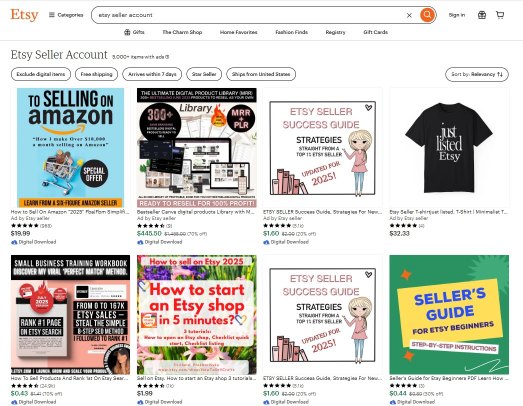
If you’re into handmade, vintage, or sustainably produced goods, Etsy is a great choice. It’s one of the best alternatives to Amazon for shoppers who care about supporting small businesses.
“I sell custom leather wallets on Etsy, and I love that the platform connects me directly with people who appreciate craftsmanship.” – Mike L., small business owner from Texas
Etsy is also popular among eco-conscious consumers. The company offsets 100% of carbon emissions from shipping and encourages low-waste packaging.
For sellers, Etsy offers built-in traffic from a large, engaged niche audience and customization tools that let you personalize your storefront, build a brand, and stand out from mass-produced listings. Sellers also benefit from Etsy’s robust community features, including forums, educational resources, and a supportive ecosystem of fellow creatives.
Walmart Marketplace

Walmart has stepped up its e-commerce game and is now a serious alternate to Amazon. Unlike Amazon, Walmart doesn’t require monthly subscription fees, which makes it appealing for sellers looking to scale without taking on steep overhead.
Eric T., the founder of an 8-figure electronics brand from Texas, shared his experience: “We got tired of constantly being undercut on Amazon. Walmart’s platform is more transparent, and they don’t compete with us.” While the onboarding process can be a bit more selective, those who make it through tend to find the platform stable and less saturated.
Walmart is also working toward renewable energy goals and reducing excess packaging, giving it a growing appeal for environmentally aware shoppers.
For sellers, Walmart offers tangible advantages. Its advertising platform, Walmart Connect, allows for targeted, high-visibility placements and is often more cost-effective than Amazon’s, with a lower average cost-per-click.
There are no monthly subscription fees for sellers, which lowers the barrier to entry, and Walmart frequently rolls out seller incentives such as commission-free periods or ad credits for new accounts.
These benefits make the platform increasingly attractive for brands looking to expand their reach without the high ad spend and fierce competition found on Amazon.
Newegg
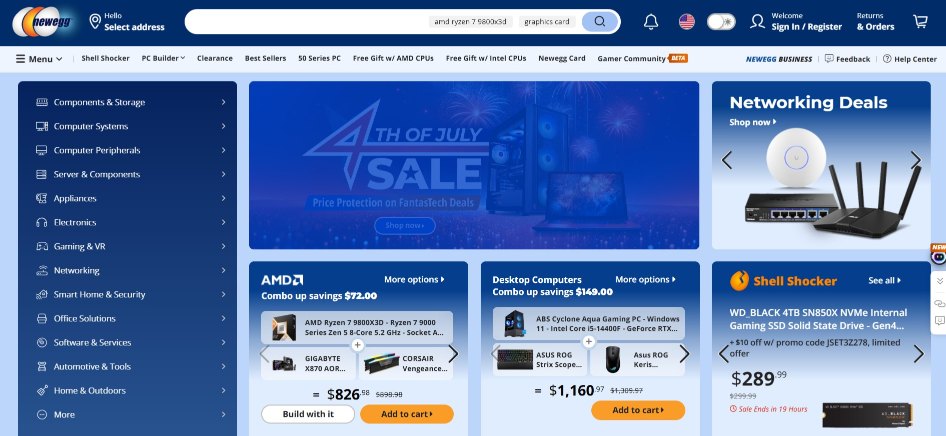
Newegg is ideal for both tech-savvy consumers and electronics-focused sellers who want to avoid Amazon’s cutthroat marketplace.
Known primarily for computer parts, accessories, and consumer electronics, Newegg caters to a niche but loyal audience. For sellers, that focus means you’re not fighting to stand out in a sea of generic listings; buyers on Newegg are often looking for very specific products and are willing to pay for quality.
“If you’re into building PCs or upgrading your gear, Newegg often has better prices than Amazon – and the customer service knows tech.” – Darren K., gamer and DIY builder from California
Fruugo
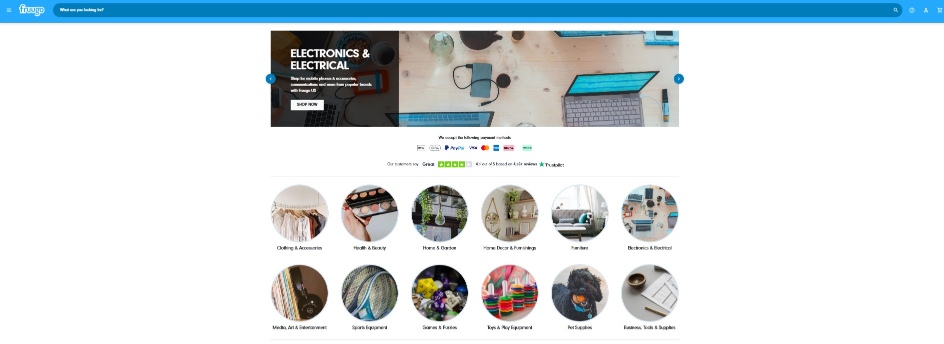
Fruugo offers U.S. sellers the opportunity to reach a global customer base without needing to manage local websites in each region. It handles currency conversion, translations, and compliance, so even small brands can sell across dozens of countries.
While it’s still lesser-known in the U.S., it has become a go-to alternative to selling on Amazon for international expansion, minus the headaches.
Maria G., a skincare brand owner from Florida, said, “We use Fruugo to reach Europe without opening local storefronts. It’s less cutthroat than Amazon and still scalable.”
The simplicity of Fruugo’s cross-border model is especially appealing to small-to-medium businesses looking to grow internationally. Sellers can list products in one language and currency, while Fruugo automatically translates listings, converts prices, and handles international tax and compliance, removing much of the complexity and cost of global selling.
eWorldTrade
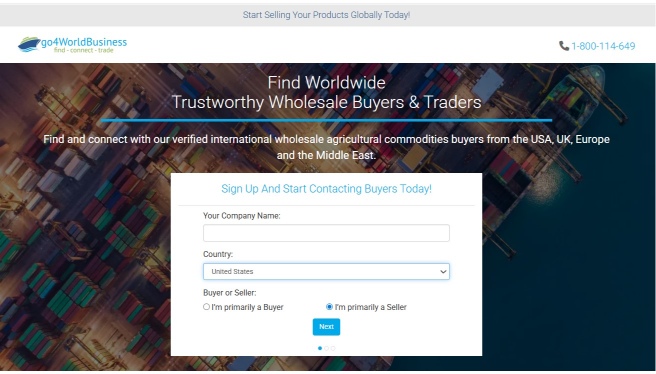
For wholesalers and B2B-focused sellers, eWorldTrade offers a very different kind of marketplace – one that connects American suppliers to buyers across the globe. It’s not for everyday consumer shopping, but it’s an ideal fit for companies looking to move products in bulk or find sourcing partners without going through Amazon’s rigid framework.
Jeff D., an electronics distributor from New Jersey, shared, “As a small-scale supplier, eWorldTrade helped us get bulk orders without going through Amazon’s complex requirements.” That simplicity is crucial for many small U.S. manufacturers who feel priced out or buried on Amazon’s B2C platforms.
OnBuy
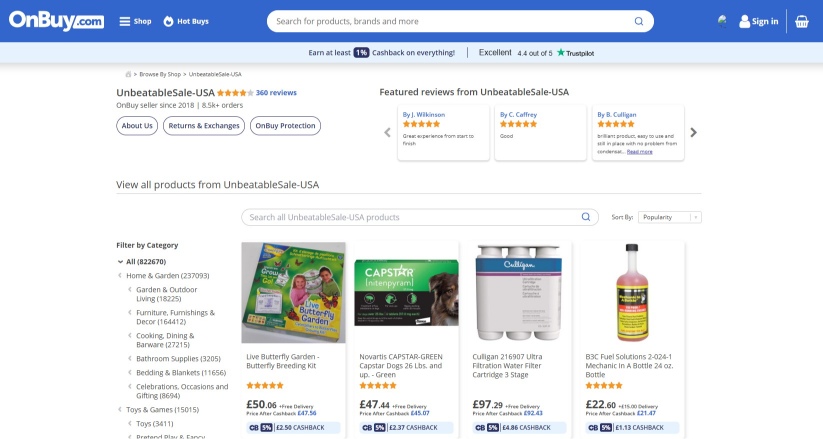
Based in the UK but open to U.S. sellers, OnBuy markets itself as the fairer, seller-first marketplace. It charges no listing fees, doesn’t compete with its merchants, and has a growing base of international shoppers.
While its traffic isn’t on Amazon’s level, OnBuy offers long-term potential and a refreshing business model.
Sellers also benefit from OnBuy’s PayPal integration, which provides fast, secure payouts and builds trust with customers, a key advantage for smaller brands looking to grow in the US and beyond.
Lisa M., a bookseller from Oregon, put it this way: “What I like about OnBuy is that they don’t compete with their sellers, unlike Amazon, which undercuts us all the time.” For sellers tired of being pushed around by algorithm changes and shifting policies, OnBuy offers breathing room and a more collaborative relationship.
ASOS Marketplace
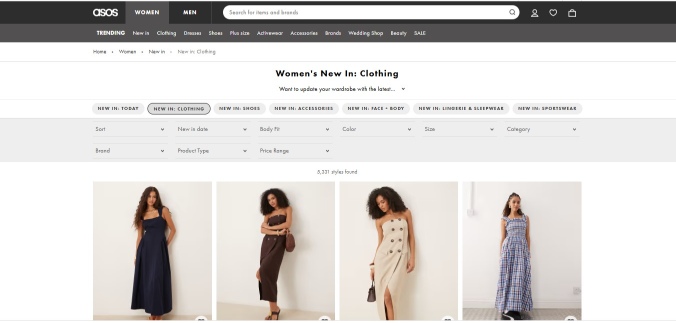
For vintage shops, indie fashion labels, and sustainable style brands, ASOS Marketplace is a boutique-style platform with a curated feel. While smaller than other marketplaces, it brings a fashion-forward audience that values creativity and identity.
Brandi F., who runs a vintage clothing store in New York, said, “Selling on ASOS lets us focus on quality and branding. It’s not about mass production, it is about finding the right customers.” If you’re in apparel and care more about aesthetics than volume, ASOS is a solid alternative to shopping on Amazon.
Unlike Amazon, where fast turnover and aggressive pricing dominate, ASOS Marketplace allows sellers to maintain brand integrity and visual storytelling through customizable storefronts and editorial-style product photography. This gives fashion sellers more control over their image and a chance to connect with an audience that appreciates distinct style over convenience.
eBay
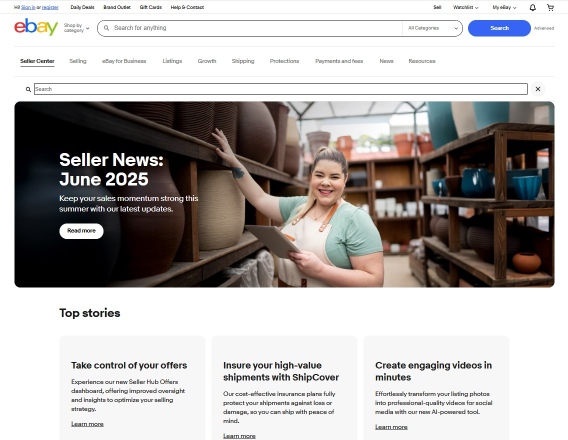
Even after all these years, eBay still holds strong as one of the most flexible and seller-friendly platforms around. Unlike Amazon, where pricing, fulfillment, and returns are tightly controlled, eBay gives you the freedom to set your terms. It’s especially strong for secondhand goods, collectibles, refurbished tech, and niche items.
Tony R., a long-time eBay seller from Chicago, shared, “I’ve sold everything from sneakers to stereo gear on eBay. It’s more personal, and you have control over pricing, returns, and listings.”
For sellers who want to maintain a direct connection with their buyers or simply skip the corporate structure of Amazon, eBay remains one of the most trusted and effective alternatives to Amazon shopping.
Tips for Choosing the Right Alternatives to Amazon
Choosing the right alternative to Amazon isn’t a one-size-fits-all decision; it depends on what you are buying (or selling), how fast you need it, and what values drive your decisions. Amazon sets the bar high for convenience, but when you step outside of it, you gain control, flexibility, and often, better alignment with your goals.
1. Shipping speed is one of Amazon’s biggest competitive advantages. Prime has trained consumers to expect two-day or even same-day delivery, but that speed often comes at a cost, both financial and environmental. If fast shipping is a must, platforms like Walmart and Newegg offer competitive delivery times. On the other hand, Etsy and ASOS might take a few extra days to deliver but offer products made with care, often by hand or in small batches.
2. Returns are another factor to weigh. Amazon’s return process is seamless, but that convenience contributes to waste and overconsumption. Some alternatives to Amazon, like eBay and OnBuy, offer flexible return policies, but they are often more seller-controlled. Before you buy, check the fine print. Etsy, for instance, leaves return policies up to individual sellers, so it pays to read listings carefully.
3. Deals and rewards can make a big difference over time. Amazon uses dynamic pricing, which means the price you see today might not be the best one. Alternatives like Walmart regularly offer digital coupons and rollback deals. Newegg is known for flash sales on electronics, and eBay often features loyalty discounts for frequent users. If saving money is your priority, it is worth comparing platforms and even using browser extensions to track price history.
Your values should guide your shopping habits. Are you trying to support small businesses? Look at Etsy, ASOS Marketplace, or even eBay. Do you care about reducing your carbon footprint? Etsy’s carbon-neutral shipping and eBay’s promotion of secondhand goods are far more sustainable than most Amazon purchases. If you are primarily price-driven, Walmart and Newegg offer lower prices without as much of the marketplace confusion Amazon is known for.
According to a 2024 survey, 72% of U.S. online shoppers said they would pay more to buy from companies that support causes they believe in. A 2023 Statista report found that 47% of Americans are actively trying to reduce their use of Amazon due to ethical or competitive concerns. That means you are not alone in looking for better, more thoughtful alternatives to Amazon shopping.
Final thoughts
Exploring alternatives to Amazon opens up a world of possibilities, whether you are looking for more ethical choices, better deals, or simply a platform that respects small business owners and creators.
From Etsy’s handmade marketplace to Walmart’s big-box convenience, there is no shortage of places to shop and sell that don’t involve Amazon’s ecosystem.
Trying just one new platform can shift your entire online shopping experience. You might discover better customer service, more interesting products, or a seller who remembers your name. Supporting platforms that align with your values doesn’t just help you; it helps build a more diverse and competitive e-commerce landscape.
At SellerApp, we are here to help you grow wherever you sell. Whether you are expanding into marketplaces like Walmart, we provide the tools and insights to streamline your multi-channel strategy. And if you’re still selling on Amazon, we’ve got you covered there, too.
Curious how your current Amazon account is performing? Try our Amazon audit tool to uncover hidden optimization opportunities and boost your growth.



